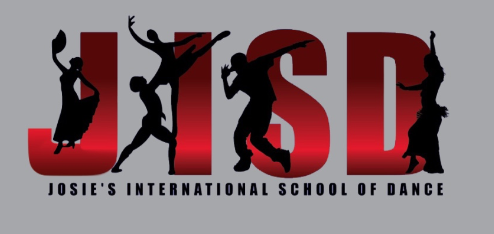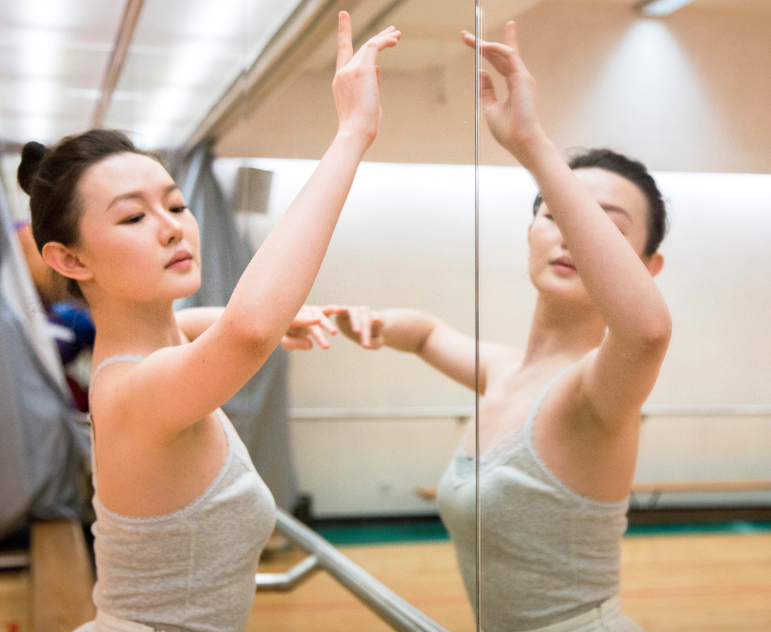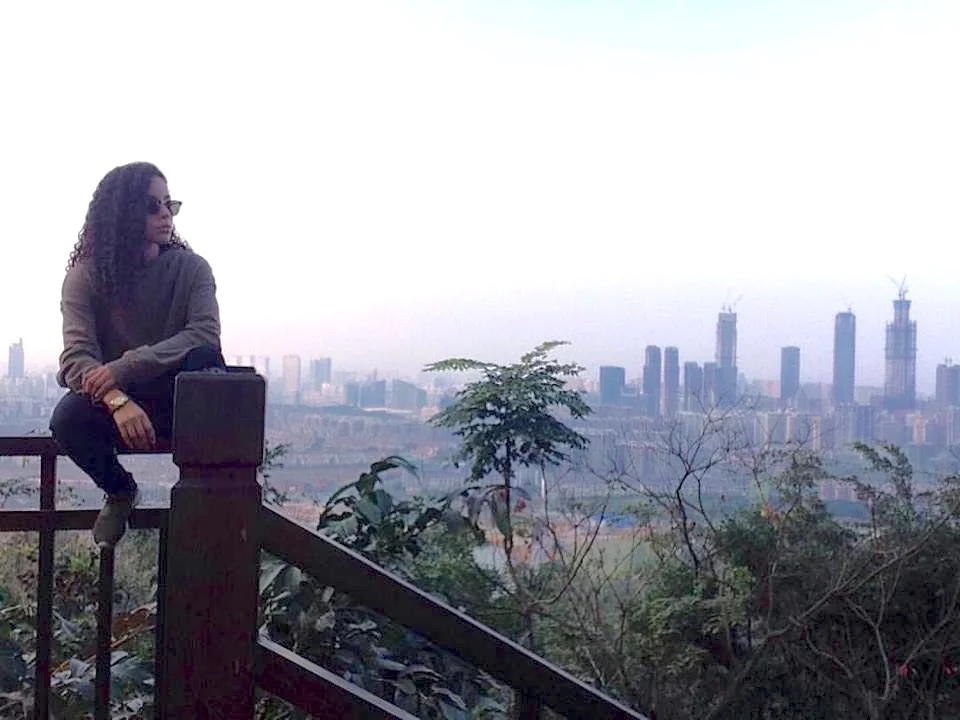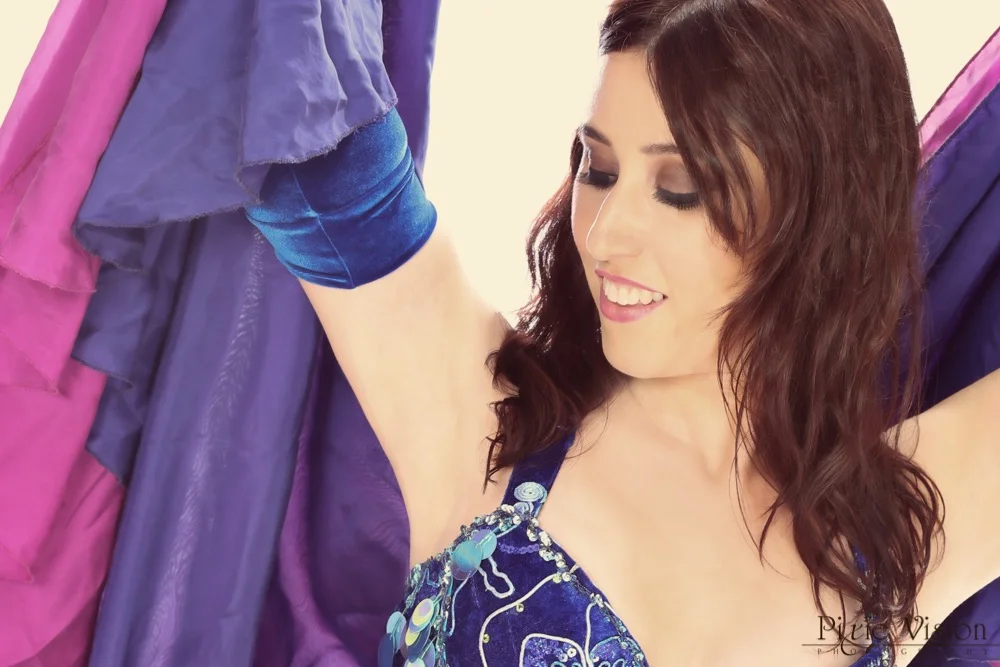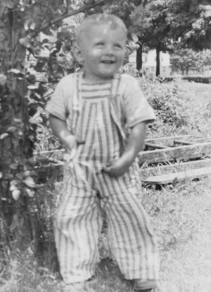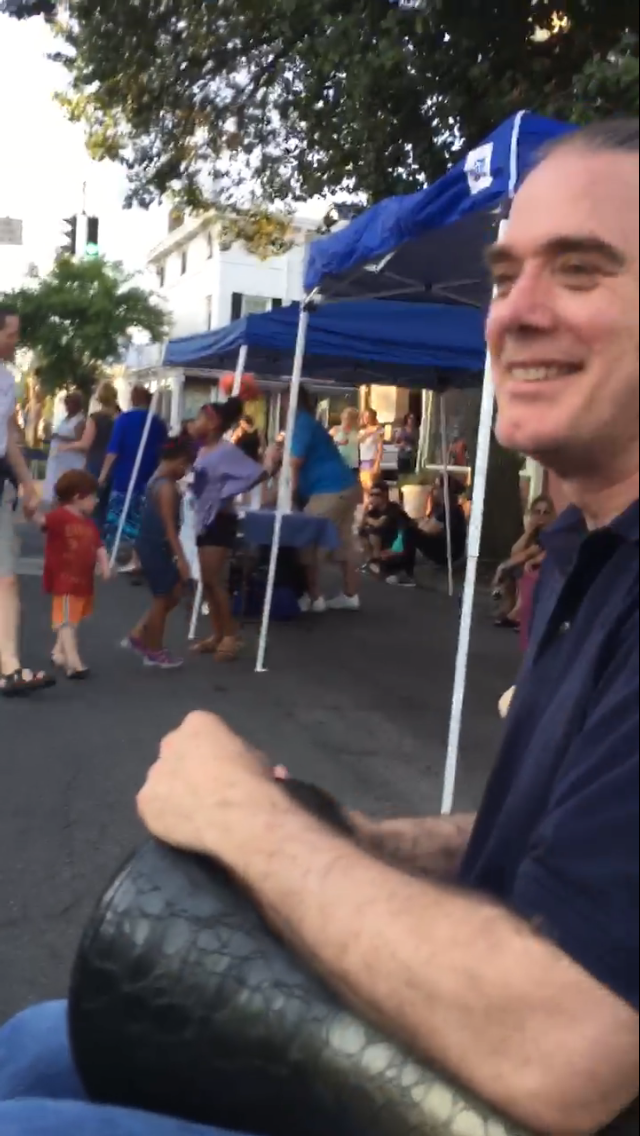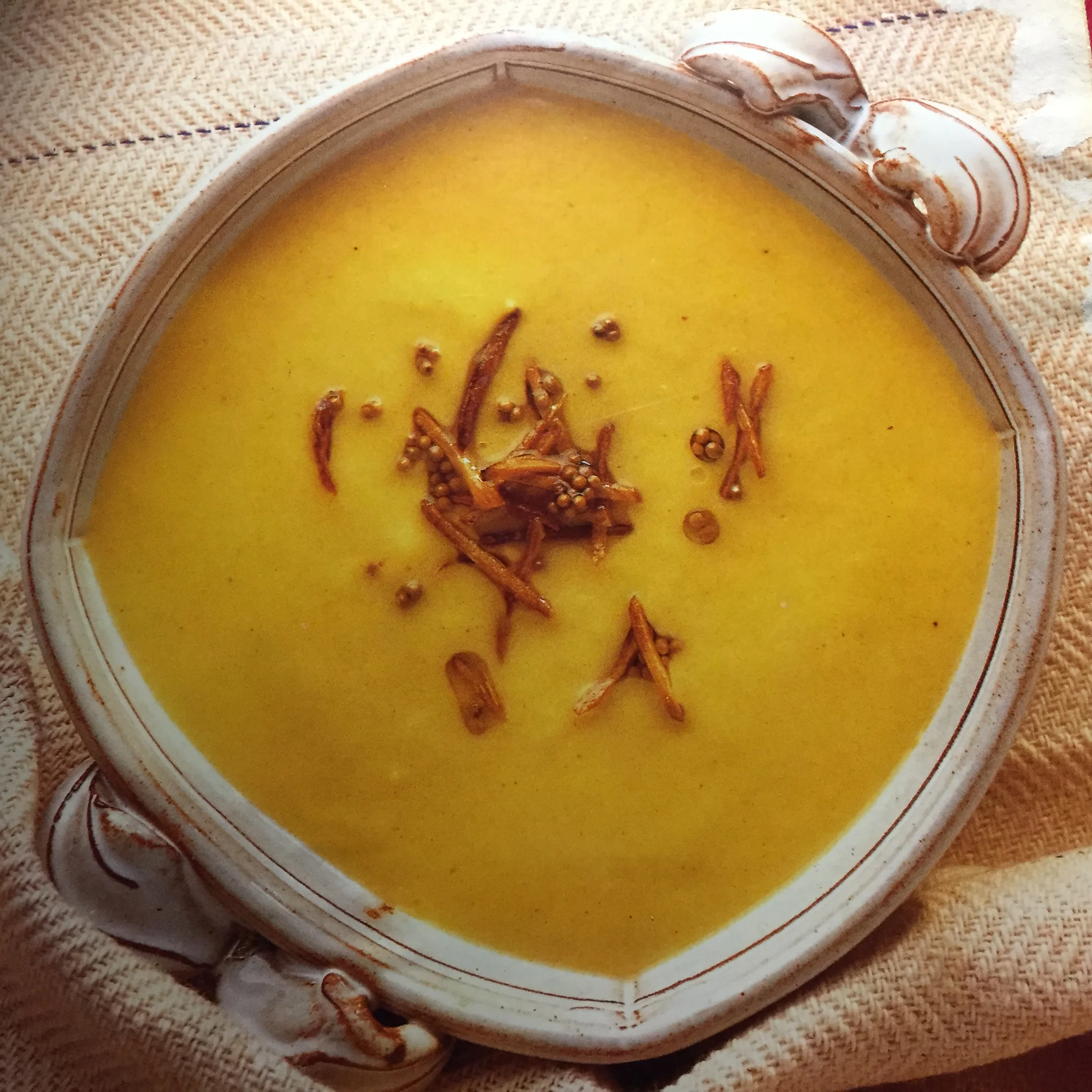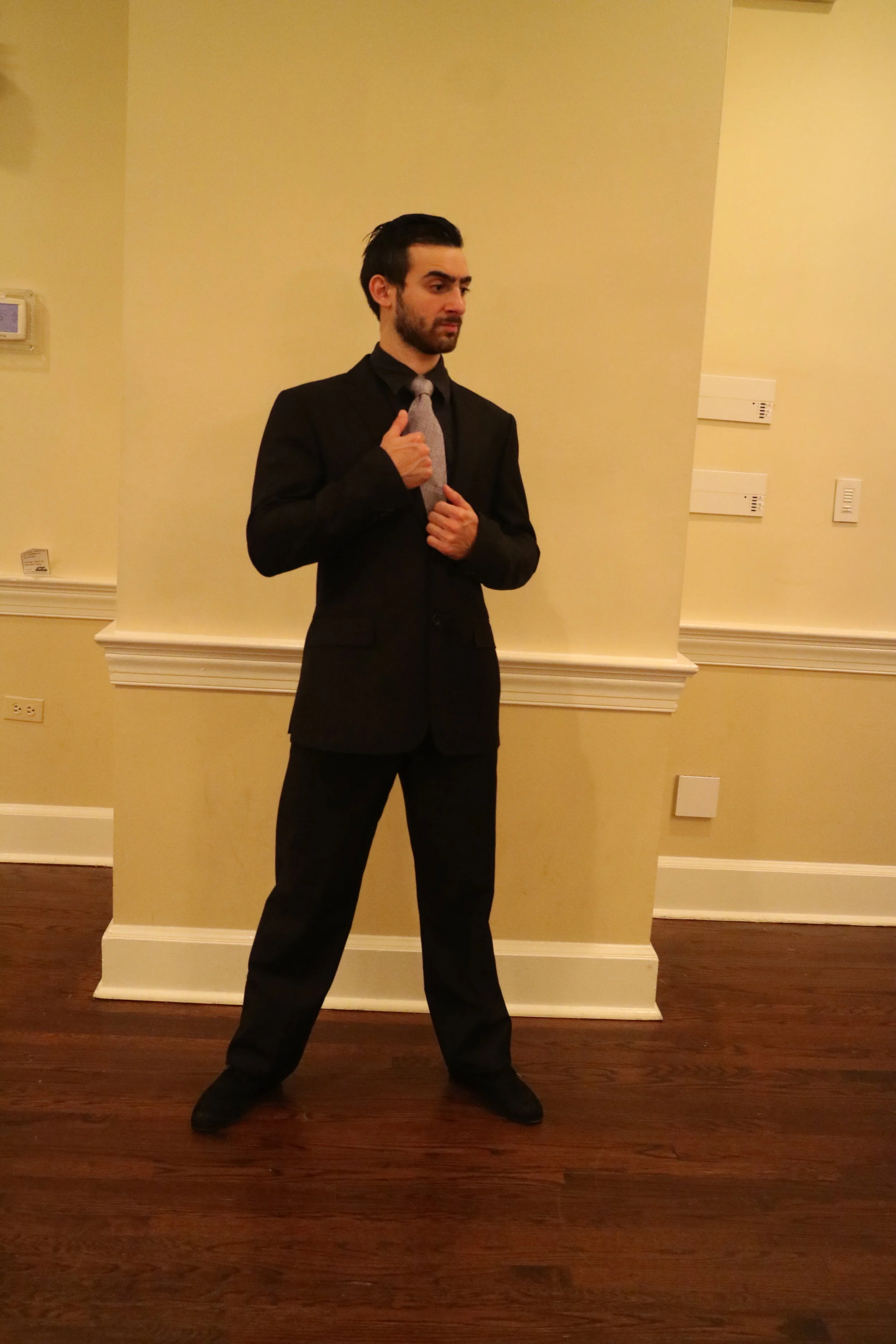Welcome Winter! How Other Cultures Celebrate The Winter Solstice and their Winter Holiday
/For a twist on the holiday season, take a look at how other cultures around the world celebrate winter, especially the Winter Solstice which is the First Day of Winter or the longest “night” of the year followed by each day bringing less darkness and a little more light. This year it was Tuesday, December 21, 2021.
Yalda is the Persian Winter Solstice tradition where friends and family gather to eat, drink and read poetry. They eat red fruits like Watermelon and Pomegranate which signifies “the crimson glow of new life which lies ahead.”
Inti Raymi or “sun festival” in the Quechua language is a Peruvian tradition. It’s still celebrated today in Peru and is also a celebration of “longer days” ahead. A significant part of the festival is to light a new fire and extinguish all existing flames.
Saturnalia was the ancient Roman festival celebration that began on December 17th and was celebrated through December 23rd in honor of the agricultural god, Saturn and took place at The Temple of Saturn. It is still recognized in some rural parts of Italy. Along with festivities of food, drink and dance, Saturnalia is a festival of light beginning on the longest day of the year with the abundant presence of candles symbolizing light ahead and the quest for knowledge and truth.
Dongzhi is a Chinese celebration that means "the arrival of winter" and is traced back to the ancient philosophy of Yin and Yang, where the first day of the cold and dark winter contrasts with the beginning of longer days with more light. Positive energy flows once again and the natural balance of life takes place. Dumplings are traditionally eaten or in Southen China Tangyuan (rice cake) symbolizing “reunion”. It’s a happy time for family gatherings and some people even make a pilgrimage to an ancient temple to worship.
St. Lucia Day is a Norse holiday celebrated in Sweden, Norway. The memory is of St. Lucia, who as a young girl, Lucy, used to secretly bring food to persecuted people in Rome. She would wear candles on her head so she could carry everything in her arms. On this day fires are burned to symbolize light and to ward off spirits during the longest and darkest night of the year. Children continue the tradition of dressing up in white robes with a red sash around their waist. Crowned wreaths are made from Lingonberry branches, which are evergreen, to symbolize new life in winter and ginger cookies are handed out and carols are sung!
HAPPY HOLIDAYS!
